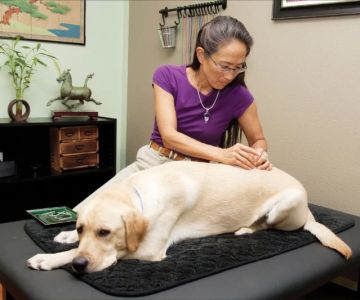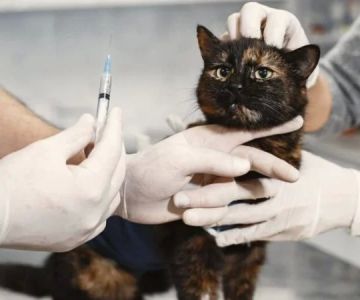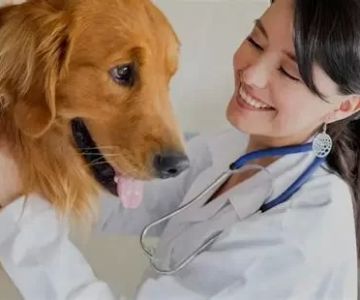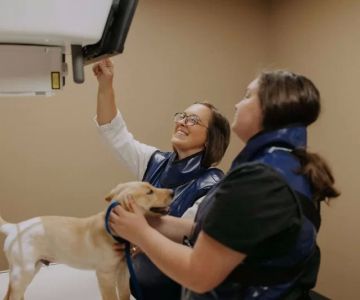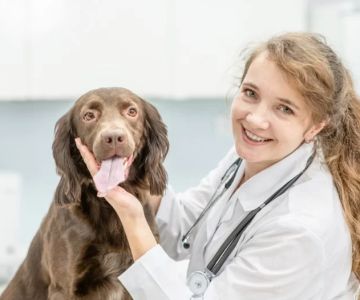What Does a Veterinarian Wear? A Guide to Proper Attire in the Veterinary Field
- 1. The Importance of Proper Attire for Veterinarians
- 2. Key Components of a Veterinarian's Uniform
- 3. Choosing the Right Clothing for Different Situations
- 4. Protective Gear Veterinarians Wear
- 5. The Balance Between Comfort and Functionality
- 6. Real-Life Example: A Day in the Life of a Veterinarian
- 7. Where to Buy the Best Veterinary Uniforms
1. The Importance of Proper Attire for Veterinarians
When you think about what a veterinarian wears, the first image that might come to mind is a doctor in scrubs. But veterinarians, unlike human doctors, often need to wear specialized clothing that is not only comfortable but also practical and protective. Whether they are handling large animals on a farm or working with small pets in a clinic, the attire a veterinarian chooses plays a critical role in their day-to-day work environment. Proper attire ensures safety, comfort, and professionalism, all while keeping things hygienic and efficient.
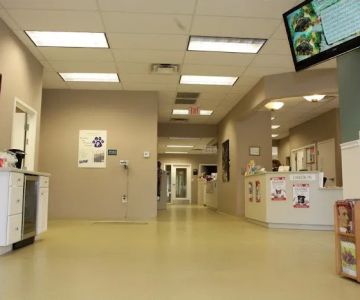
19911 Father Hurley Blvd, Germantown, MD 20874, USA
See Details2. Key Components of a Veterinarian's Uniform
Veterinarians wear a variety of clothes that are tailored to meet the needs of their demanding work. Here are the key components that make up their typical uniform:
1. Scrubs
One of the most common and recognizable pieces of attire that veterinarians wear is the scrub. Scrubs are comfortable, easy to move in, and hygienic, making them ideal for a fast-paced, hands-on environment. They are also designed to be easily cleaned, which is essential when dealing with animals, fluids, and sometimes messy situations.
2. Lab Coats
In addition to scrubs, many veterinarians also wear lab coats, especially when conducting examinations or in more formal settings. Lab coats provide an additional layer of protection and help maintain a professional appearance. They also have pockets, which veterinarians often use to carry tools, pens, or other small instruments needed during procedures.
3. Comfortable Footwear
Given the long hours that veterinarians often work, comfortable and durable footwear is a must. Many veterinarians opt for waterproof shoes or boots that can withstand the physical demands of their job, including standing for long periods, walking around large animals, and even dealing with hazardous materials.
3. Choosing the Right Clothing for Different Situations
Different veterinary settings require different types of attire. For example, a veterinarian working in a small animal clinic may wear a simple set of scrubs, whereas a veterinarian working on a farm may need more protective clothing. Here's a breakdown of how veterinarians choose their clothing depending on their environment:
1. Small Animal Clinics
In small animal clinics, veterinarians usually wear comfortable scrubs and lab coats. Since the animals in these clinics are generally smaller and easier to manage, the clothing is often light, breathable, and easy to clean. Some veterinarians may also wear gloves and face masks for additional hygiene and protection.
2. Large Animal Practices
Veterinarians who work with large animals, such as horses or cattle, require a more rugged attire. Heavy-duty boots, gloves, and protective outerwear like jackets or coveralls are common. These garments help protect the veterinarian from getting injured by large animals and are durable enough to withstand muddy or wet environments.
3. Surgery and Emergency Care
In surgical or emergency care situations, a veterinarian wears specialized surgical scrubs, face masks, gloves, and sometimes a surgical gown. Sterility is key in these settings, so the clothing must be disposable or disinfected regularly to prevent contamination.
4. Protective Gear Veterinarians Wear
Besides their standard uniform, veterinarians often wear protective gear to ensure safety during their work. This includes:
1. Gloves
Veterinarians wear gloves to protect themselves from exposure to bodily fluids, chemicals, or infections. Gloves are also a hygienic necessity when performing certain procedures, like administering injections or handling wounds.
2. Masks
Face masks are another important piece of gear, especially during surgical procedures or when handling animals that may carry airborne diseases. Masks provide protection against respiratory hazards and help maintain a sterile environment in the operating room.
3. Safety Glasses
In certain procedures, safety glasses are worn to protect the eyes from splashes, chemicals, or other debris that might pose a danger during medical treatments.
5. The Balance Between Comfort and Functionality
When it comes to what a veterinarian wears, there is a delicate balance between comfort and functionality. Given the long hours and physically demanding nature of the job, veterinarians need to ensure that their clothing allows them to move freely and comfortably. At the same time, the attire must provide enough protection from the many hazards present in the veterinary field. The right choice of material, proper fitting, and sufficient durability are all essential factors to consider when selecting the best clothing for veterinarians.
6. Real-Life Example: A Day in the Life of a Veterinarian
Take, for instance, Dr. Emma, a small animal veterinarian who works at a busy city clinic. On a typical day, she starts her morning by donning a clean pair of scrubs and a lab coat. She pairs them with comfortable non-slip shoes that can withstand hours of movement. Throughout her day, Dr. Emma wears gloves and a mask when performing surgeries or handling animals with infectious diseases. This combination of clothing allows her to stay comfortable while staying safe and maintaining a professional appearance as she cares for her patients.
7. Where to Buy the Best Veterinary Uniforms
For those looking to upgrade their veterinary wardrobe, it's essential to choose high-quality and durable clothing that can stand up to the demands of the job. You can find excellent veterinary attire at specialized stores that offer scrubs, lab coats, and protective gear tailored for veterinary professionals. Many online retailers also offer a wide selection of comfortable and functional veterinary uniforms. Brands that cater specifically to veterinarians ensure that their products meet the needs of the profession while offering style, comfort, and protection.
When purchasing your veterinary attire, consider the material, fit, and functionality. Quality clothing will not only help you perform your job effectively but also ensure that you feel comfortable and confident while on the job.



